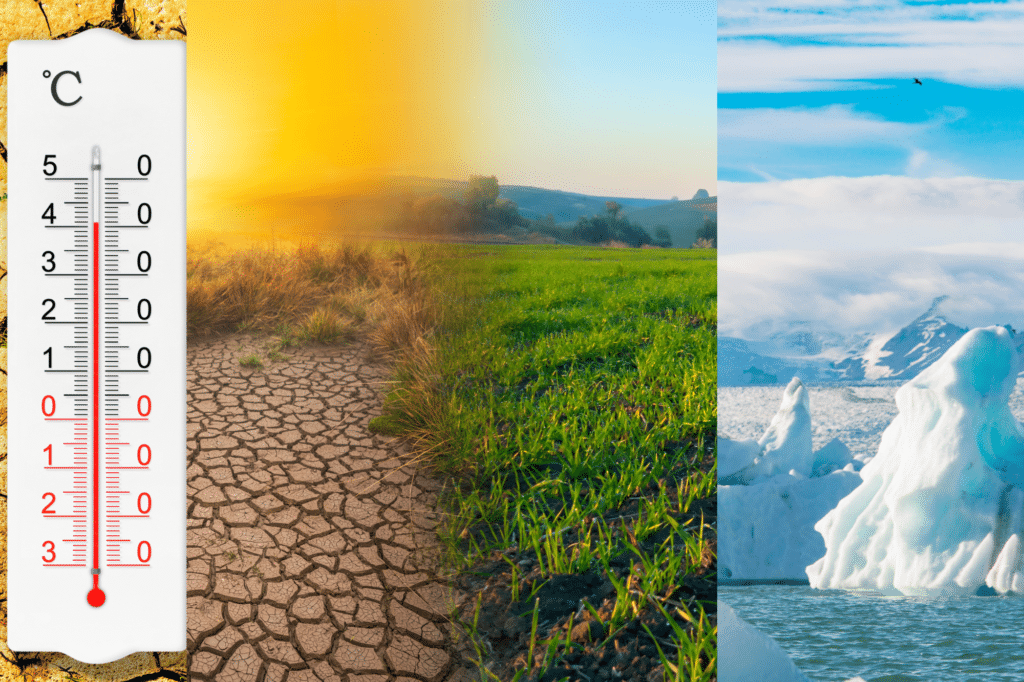
According to the latest data published by the World Meteorological Organization ?WMO?, global temperatures are likely to reach record levels in the next five years, driven by heat-trapping greenhouse gases and the natural phenomenon of El Niño.
The international organization specified in a report that there is a 66 percent probability that, between 2023 and 2027, the annual global average temperature near the surface will exceed pre-industrial levels by more than 1.5 °C for at least one year.
In turn, he stressed that there is a 98 percent chance that at least one of the next five years, as well as the five years as a whole, will be the warmest ever recorded.
“These data do not mean that we will permanently exceed the 1.5°C level predicted in the Paris Agreement, which refers to long-term warming over many years. Even so, WMO is sounding the alarm that we will temporarily exceed the 1.5°C level and with increasing frequency,” said WMO Secretary-General Professor Petteri Taalas.
The official also stated that an El Niño episode is expected to set in in the coming months, which exerts a warming effect that, added to climate change caused by human activities, will raise global temperatures to unknown limits.
“This will have far-reaching implications for health, food safety, water management and the environment. We have to be prepared,” the Taalas explained.
According to the publication Global Annual to Decadal Climate Update Produced by the UK Met Service - WMO's main center for making such forecasts - there is only a 32 per cent chance that the five-year average will exceed the 1.5°C limit.
In 2015, the probability that global warming would ever exceed 1.5°C above pre-industrial levels was close to zero, but that probability has been increasing ever since. In the period between 2017 and 2021, the probability of exceeding the indicated threshold was 10 percent, according to the WMO.
"Global average temperatures are expected to continue to rise, taking us further and further away from the climate we are used to," said Dr Leon Hermanson, a senior scientist at the UK Met Service who led the report.
The text refers that in 2022, the global average temperature exceeded the average for the period between 1850 and 1900 by approximately 1.15 °C. The cooling effect exerted by the conditions of the La Niña meteorological effect during much of the last three years temporarily slowed the longer-term warming trend.
However, the La Niña event ended in March 2023, and conditions characteristic of an El Niño event are forecast to set in in the coming months.
Normally, El Niño increases global temperatures in the year following its formation, which in this case would be 2024.
On the other hand, it specifies that the warming of the Arctic is disproportionately high. Compared with the 1991 to 2020 average, the Arctic temperature anomaly is projected to be more than three times the global average anomaly, once the average for the next five extended Northern Hemisphere winters has been calculated.
Compared to the 1991 to 2020 average, the average rainfall forecast for the period May to September between 2023 and 2027 suggests a higher chance of rain in the Sahel, northern Europe, Alaska and northern Siberia, while that in the Amazon region and parts of Australia the conditions will be drier.
You may be interested in: Climate change: key factor in migratory movements


